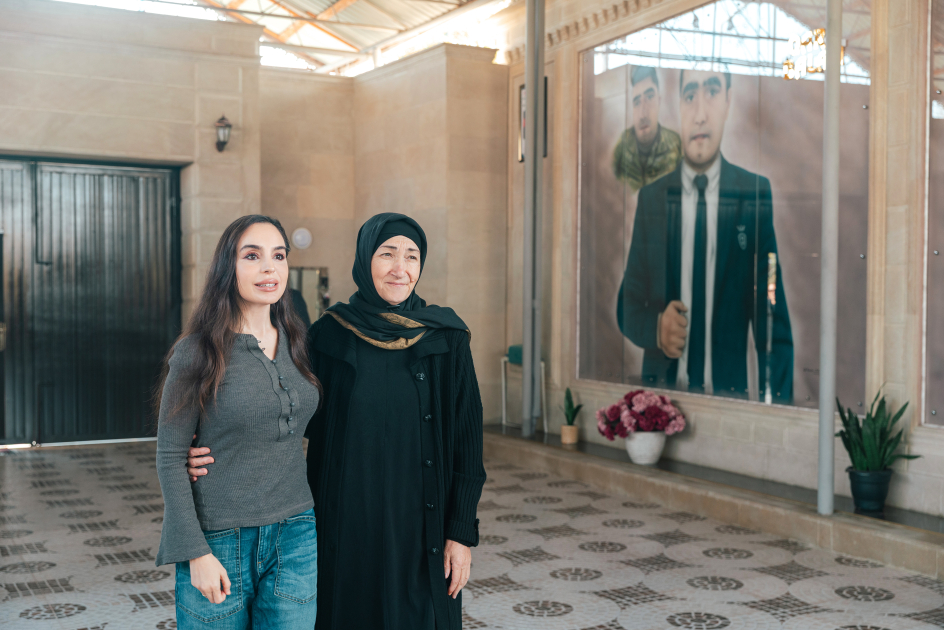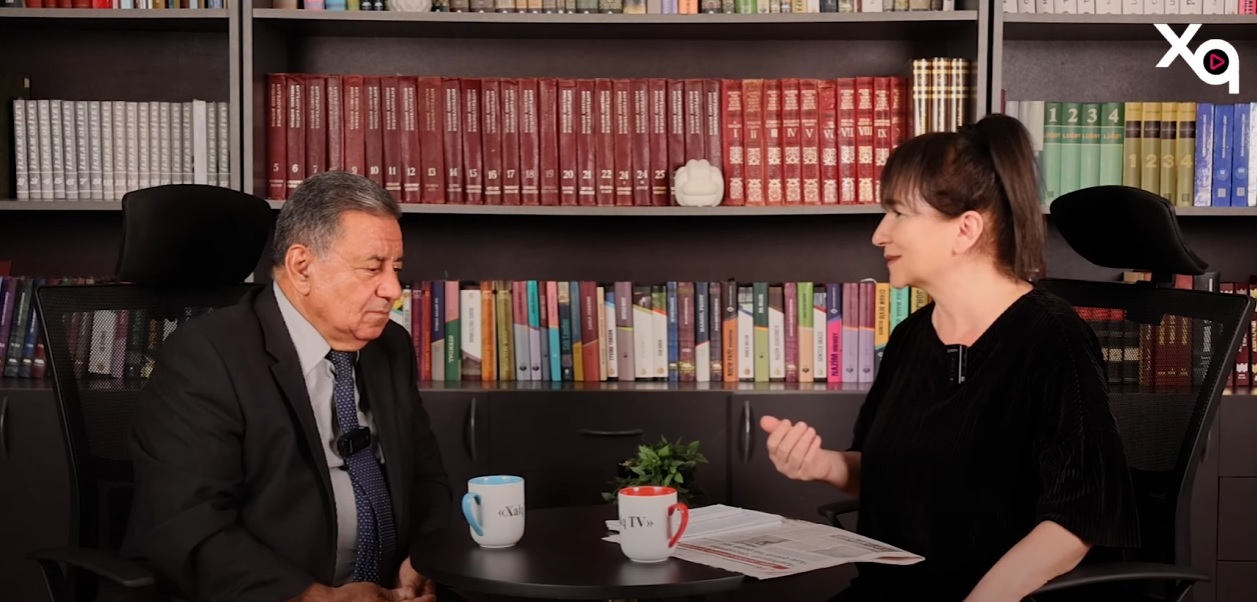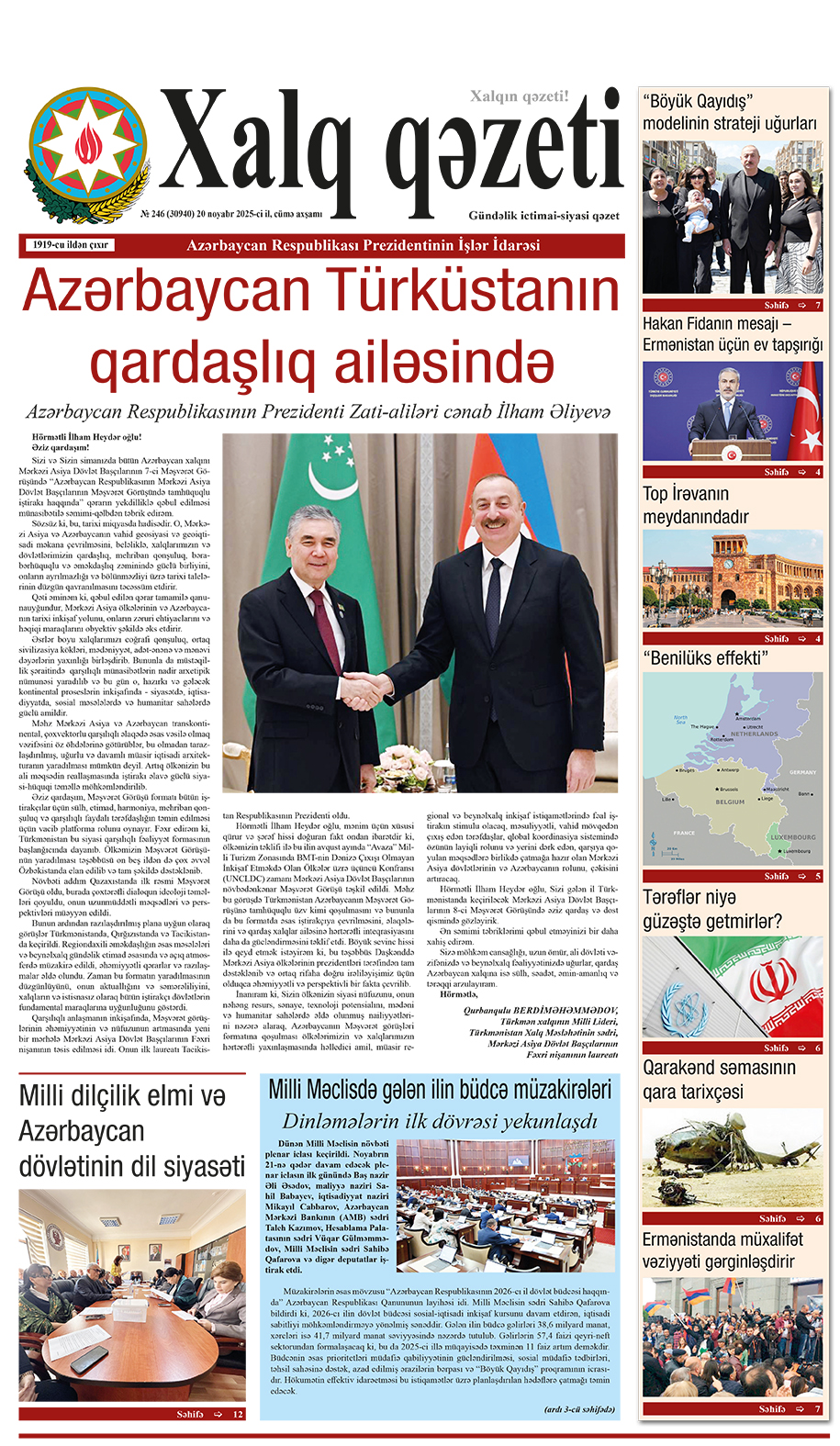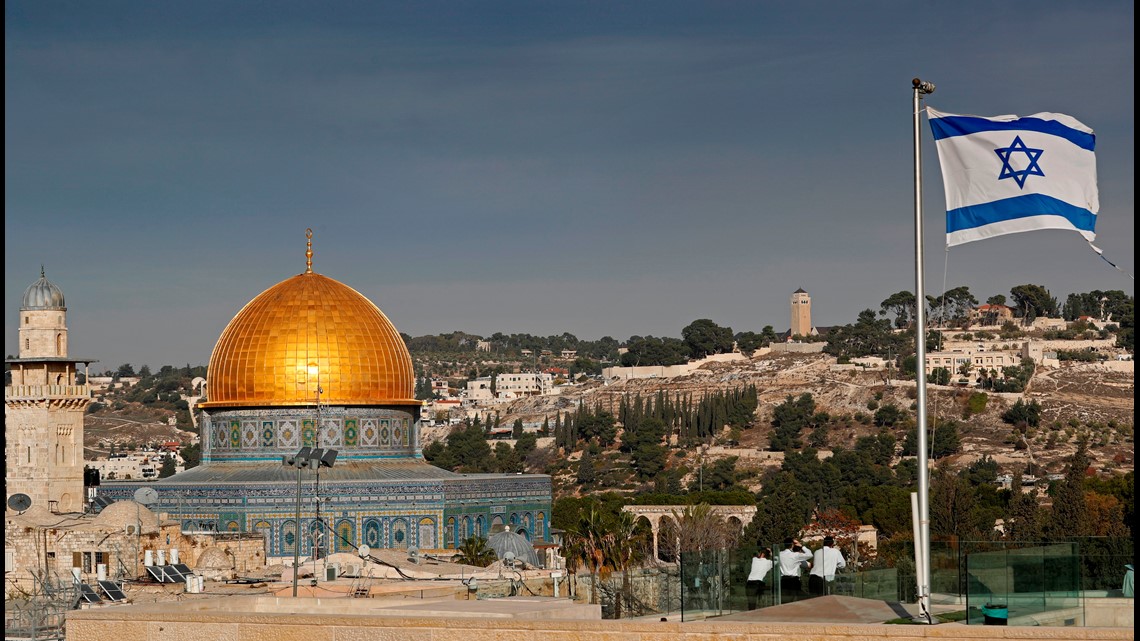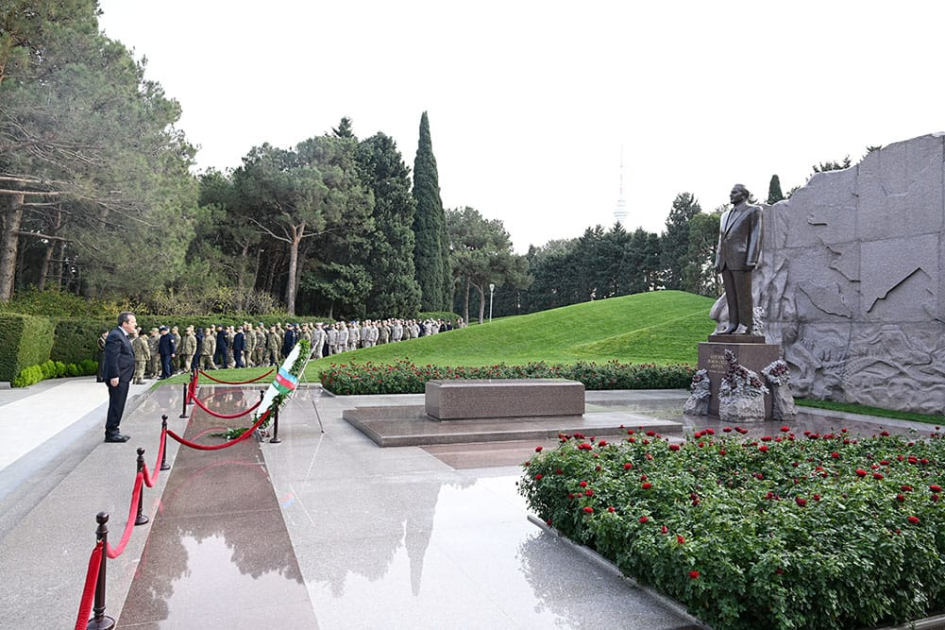ByJERUSALEM POST STAFF
The discovery provides new insights into the transitional period between the Old Kingdom and the First Intermediate Period, shedding light on burial customs and architecture during these key periods.
The Egyptian Ministry of Tourism and Antiquities announced that Egyptian archaeologists had discovered three ancient rock-cut tombs at the Qubbat al-Hawa necropolis near Aswan, dating back to the Old Kingdom period (2686-2181 BCE).
According to Mohamed Abdel Badi, Head of the Egyptian Antiquities Sector at the Supreme Council of Antiquities, the first tomb is devoid of inscriptions and has an outer courtyard. Inside the courtyard, the mission found two false doors, two offering tables, pottery vessels, poorly preserved coffins, and skeletal remains. A burial well within contained dilapidated wooden coffins mixed with human skeletons and pottery vessels, some of which have hieratic inscriptions dating back to the Old Kingdom.
The second tomb, located west of the first, is also devoid of inscriptions. Inside, archaeologists discovered two offering tables and pottery vessels dating back to the Middle Kingdom (2055-1650 BCE). Preliminary results suggest that the second tomb dates back to the end of the Old Kingdom or the beginning of the First Intermediate Period and was reused during the Middle Kingdom. This reuse reflects the historical continuity of the importance of the Qubbat al-Hawa necropolis as a burial site across different eras.
The third tomb has a different design from the other two. It contains a large quantity of well-preserved pottery, as well as the skeletal remains of both adults and children. Evidence indicates that this tomb also dates back to the Old Kingdom.
"An important scientific addition that sheds light on a critical transitional period between the end of the Old Kingdom and the beginning of the First Intermediate Period," said Mohamed Ismail Khaled, head of the archaeological mission. "Some tombs did not inscribe hieroglyphic texts but still featured traditional architecture and burial customs, which may indicate limited economic resources at that time," Khaled explained.
The Qubbat al-Hawa necropolis, located on the west bank of the Nile opposite Aswan, is known for its rock-cut tombs of nobles and officials from multiple dynasties. Among the officials from the Old Kingdom interred there are Harakhuf, Sabni, and Mehu, while from the Middle Kingdom are Senebtisi I and Senebtisi II.
The necropolis is named after the tomb of Sheikh Ali Abu al-Hawa located on the hill above, where these tombs were excavated in the rocks northwest of Aswan. The tombs overlook the Botanical Island and Elephantine Island, adding to the historical and cultural context of the site.
"The reuse of these tombs during the Middle Kingdom underscores the long-standing role of Qubbat al-Hawa as a key burial site across various eras of ancient Egypt," said Khaled.


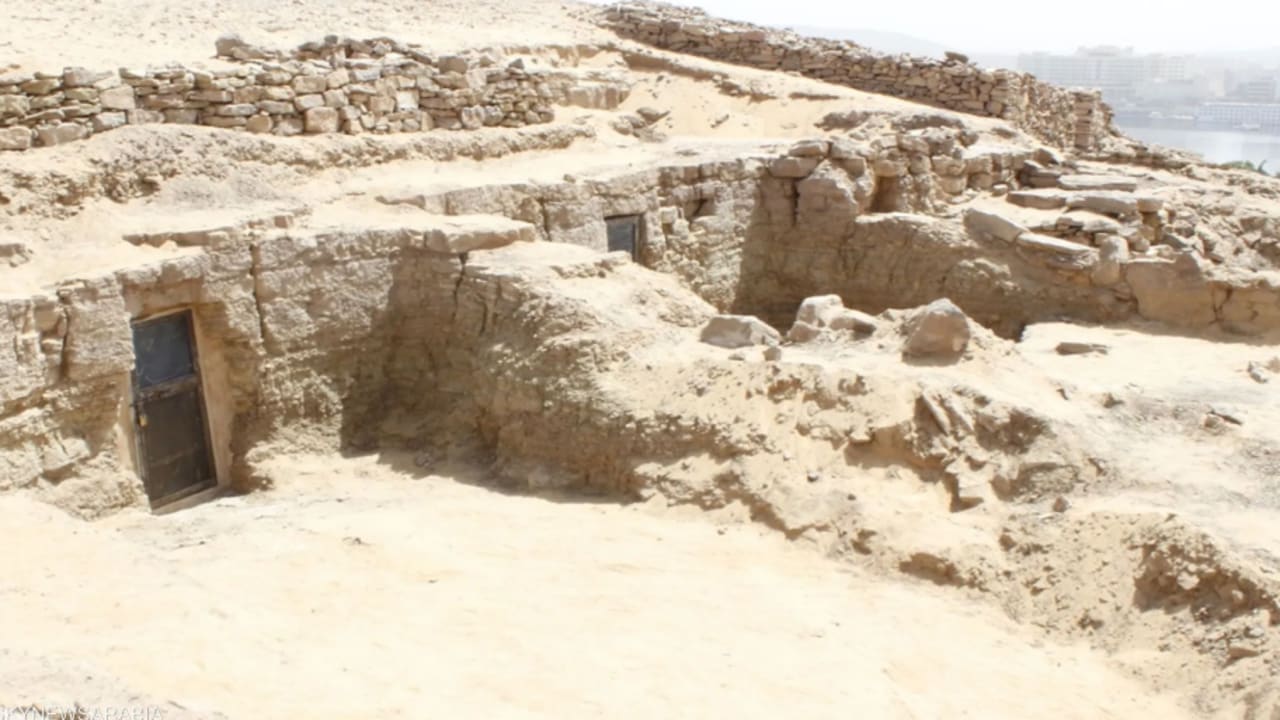


.jpg)



